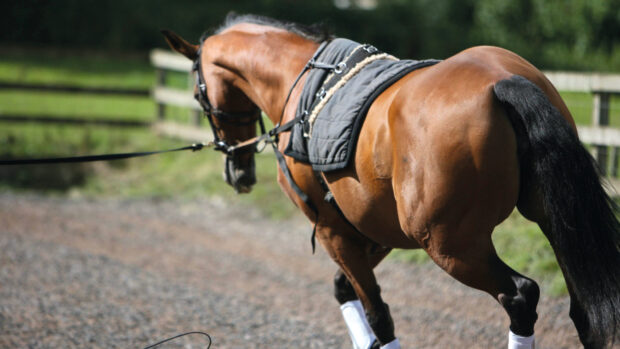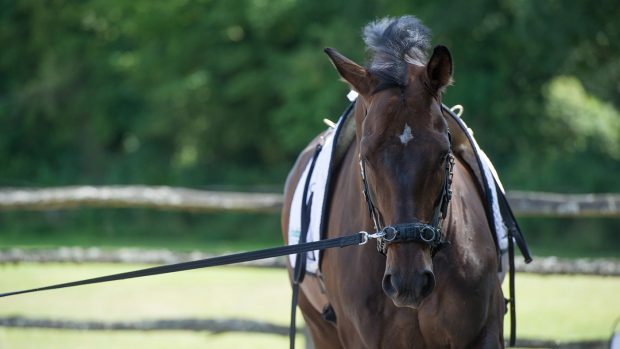The subject of draw reins is emotive, with some purists maintaining they have no place in the tackroom of a “proper” rider.But leading dressage trainer Dane Rawlins believes that correctly used, draw – or running – reins can be a beneficial schooling aid.
“I would stress, though, that they should only be a guide to the horse. They are there to make the horse want to do what you wish – not to make him do what you want.
“Ideally, I would rather not use them at all, but for a horse which wasunsettled in the mouth, they are a very good schooling influence and can be a good form of correction for a horse which is, perhaps, generally recalcitrant. I only ever use them with an ordinary snaffle bit.
“It is vital that they are used properly.The idea is to ask the horse to lower his head, and then, when he is in a position to carry himself, to give with the reins. If you use them to try and hold the horse down, you are back to square one as soon as they are taken off. As soon as possible, the horse should go back into an ordinary bridle.”
The arrangement of the draw reins depends on the horse and its individual problem.
“If I want more jowl flexion, I have the draw rein going from the rider’s hand to the inside of the bit ring, then through and back to the girth; when the horse is working, they should be parallel to the ground, so this usually means fixing them about level with the bottom of the saddle flap.
“For more poll flexion, the rein goes from the hand to the outside of the bit, then through and down between the horse’s front legs to the girth. In both cases, they must run freely and not catch.”
Dane favours draw reins made of thin leather – thinner than the snaffle rein – and he holds them with just his first finger. “That way, you don’t ever ‘over’ pull on them; they must be used with feeling, not force,” he says.
- Read more expert advice about horse training aids



